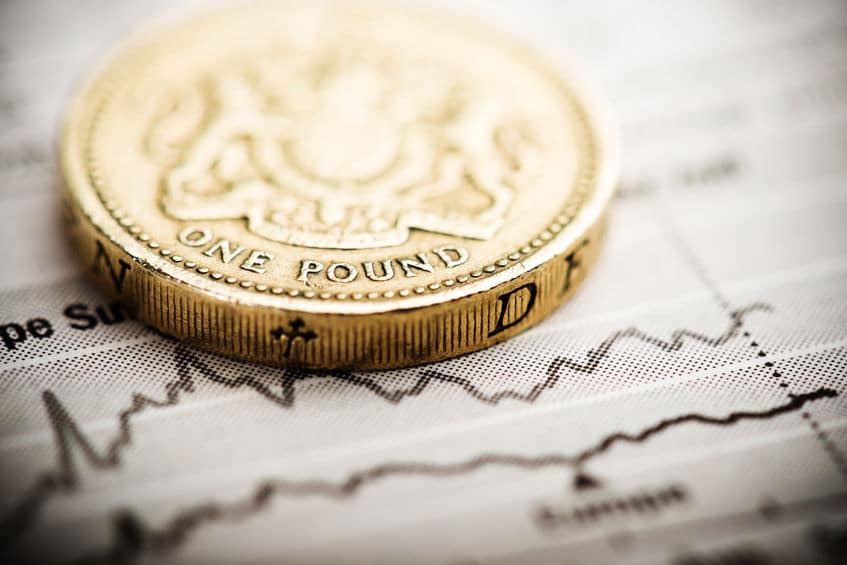Sterling Optimism, Euro Challenges, and Dollar’s Dilemma

GBP
The Pound continued its upward trajectory against both the Euro and the Dollar this week, reaching multi-month highs of 1.1680 and 1.2720, respectively. Sterling’s ascent was fueled by the optimistic statements from various Bank of England (BoE) officials, including Governor Andrew Bailey, following robust UK business PMI data in the previous week.
Throughout the week, key figures from the BoE took the stage. Deputy Governor for Markets and Banking, Dave Ramsden, emphasised the likelihood of maintaining a restrictive monetary policy for an extended period to achieve the 2% inflation target. Governor Andrew Bailey dispelled talks of rate cuts, stating that “we are not in a place now where we can discuss cutting interest rates – that is not happening.” Bailey reassured, “We will do what it takes to get to the 2% inflation target.” The divergence between the UK’s higher for longer narrative vs the US and Eurozone has led investors and speculators to back Sterling and cause a so-called “Santa rally” for the Pound.
On the data front we have the release of the BoE Financial Stability Report (FSR) on Wednesday, although its impact on Sterling is likely to be limited. We also have The UK consumer inflation expectations data will be published on Friday.
EUR
GBP|EUR experienced two consecutive weeks of robust gains. While the Pound to Euro exchange rate appears slightly overbought, there is potential for some retracement in the upcoming week. Nevertheless, the overall setup remains supportive of the Pound’s strength.
This divergence is evident in the widening spread between the yields of UK bonds and those of Eurozone bonds, contributing to the upward movement in GBP|EUR.
UK survey results indicate an increase in economic momentum for November. In contrast, the Euro encountered challenges due to a more pronounced-than-anticipated decrease in Eurozone inflation reported last Thursday.
The Eurozone inflation figures prompted markets to increase their bets on the number of expected interest rate cuts from the ECB in 2024, with May being viewed as a likely starting point for these cuts.
On the data front for the Eurozone we have retail sales data due on Wednesday, Q3 GDP figures released on Thursday and Harmonized Index of Consumer Prices due Friday.
USD
As the week unfolded, the anticipation of a dovish shift in Fed policy in 2024 gained traction, leaving the US Dollar unimpressed. The contrasting interest rate outlooks between the US Federal Reserve (Fed) and the Bank of England (BoE) played a pivotal role in sustaining the bullish momentum of Pound Sterling. Notably, the US Dollar recorded its worst month in a year in November.
Sterling maintained its dominance over the Dollar throughout the week, propelling GBP|USD to its highest level in three months, surpassing the 1.2700 mark. Investors and speculators are gearing up for the upcoming US Nonfarm Payrolls (NFP), a key event that is expected to keep the sentiment around GBP|USD well-supported.
The new week commences on a subdued note today, with mid-tier Factory Orders data from the United States. Tuesday brings attention to the Chinese Services PMI data, followed by the final print of the UK and US Services PMIs for November. Keep an eye on the ISM Services PMI and JOLTS Job Openings data for fresh insights into the US economic resilience and the Fed’s interest rate outlook.
Wednesday sees the release of the US ADP Employment Change data, setting the stage for Friday’s crucial Nonfarm Payrolls report. Any deviation from expectations in this report is likely to trigger a substantial move in the Dollar.
If you have an upcoming currency requirement and would like to hear more about what is affecting the markets in the coming weeks, please contact us on 020 3876 5432.